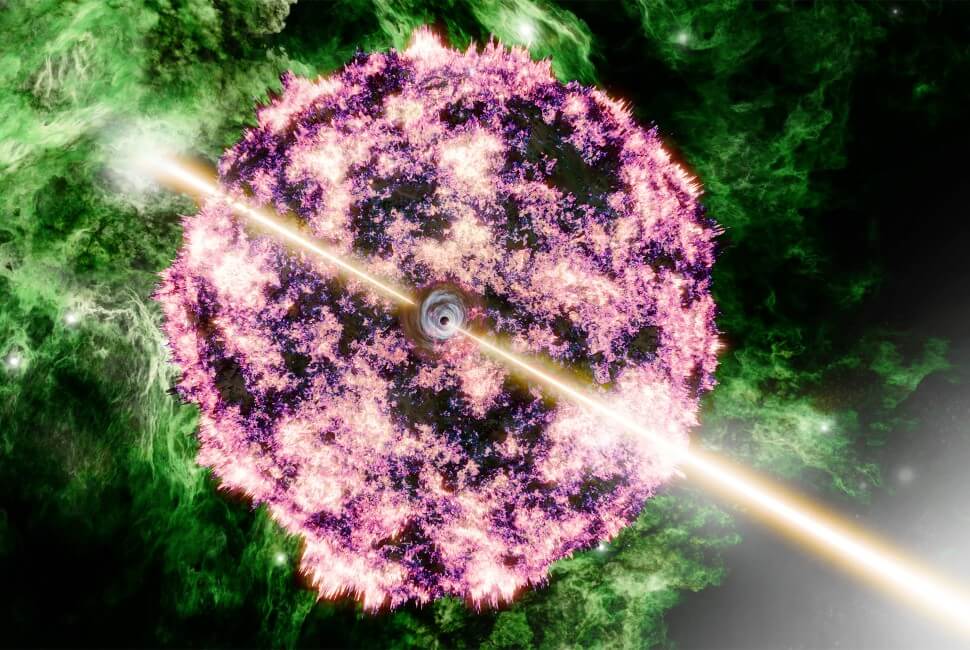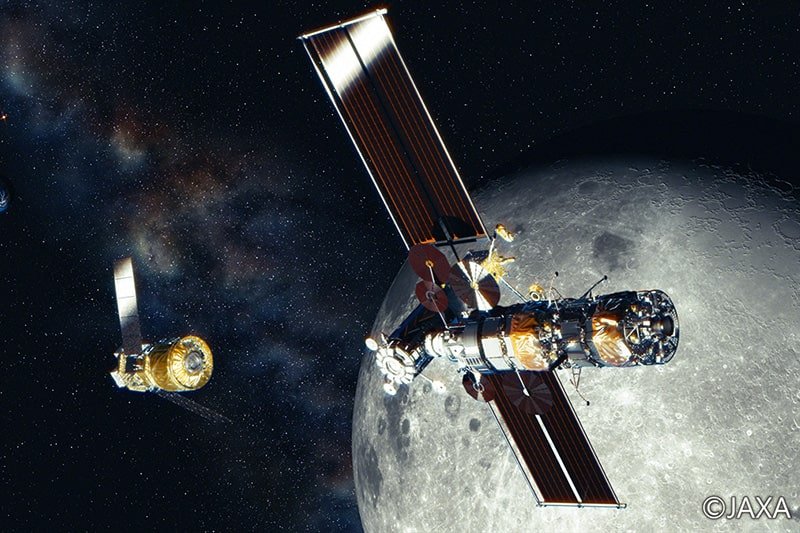summary
We are currently considering a mission to the manned lunar orbiting base called Gateway, which orbits close to the Moon.
We would like to introduce you to the type of studies being conducted and ask for your cooperation in filling out a questionnaire regarding your ideas for using the portal.
(Survey deadline: until March 31, 2024)
What is Project Artemis?
A NASA-led plan to explore the lunar surface and subsequent landing on Mars.
The first mission was successfully launched in November 2022 (Artemis I).
The next mission (Artemis 2, from late 2024) is scheduled to be a lunar orbital mission involving four astronauts. After 2025, the goal is to land a man on the moon for the first time since the Apollo program and begin construction of the Gateway, the base for orbiting the moon.
What is a portal?
A station orbiting near the moon
A manned lunar-orbiting base gateway is being developed to serve as a lunar and Mars relay base at the suggestion of the United States, and Japan plans to contribute to the housing and supply functions.
Gateway configuration
The Gateway will consist of a power and propulsion element (PPE), a habitation and logistics center (HALO), an International Habitat Building (I-Hab), etc., and will be installed in the Polar Lunar Elliptical Orbit (NRHO), which requires less fuel.
Japan’s contribution
Japan will be responsible for the life support and environmental control systems (CO2 removal, trace gas removal, oxygen partial pressure control, etc.) that are the core of Gateway’s I-Hab, supplying supplies to Gateway with HTV-X, and providing Batteries for Halo, etc.
Gate table
Features of using the portal
The portal shares results and data with international teams
・Equipment installation locations: 7 off-ship locations and 2 on-board locations/16 stairs (*2)
・The equipment will be mounted on PPE/HALO and launched at two locations outside the ship and one staircase inside the ship.
・All experimental equipment, including on-board parts, can be replaced when the PPE/HALO is launched, and the equipment will be flown on regular replenishment flights, installed at the above locations, and conducted for experiments. However, the launch and installation of the experimental equipment outside the vehicle will not take place until after the robotic arm (responsible for Canada) is installed on the Gateway (2028).
*1: Resources: space, electricity, communications, astronaut working time, etc. used in orbit.
*2: Drawer: A space of 50 x 50 x 25 cm for installing experimental devices inside the gate. It has interfaces for power, communications and waste heat.
Click here to compare use of the ISS and the Gateway
Status of international coordination
Discussions are underway among participating electrodes on public recruitment methods to receive proposals for experimental equipment installation and data usage research.
Nine working groups (DWG: Lunar Science, Heliophysics/Cosmic Radiation, Dust Research, Astrophysics, Various Technology Demonstrations, Biomedical Sciences, Health Management Technology) are composed of experts in each field from each pole. Based on discussions in the Portal Usage Coordination Committee (GUCP), a coordination forum among international portal partners, the proposals of each working group will be integrated and a long-term usage strategy (15-year outlook) will be developed. We are currently studying this.
In February 2024, we will hold an open meeting for researchers from Japan, the United States, Europe, and Canada to provide an overview of the Artemis project and introduce Gateway functionality and opportunities to use it in experiments. If you are interested, please register to participate.
Information and registration for town hall meetings are available athere.
- Date and time (Japanese time): Thursday, February 1, 2024 5:00-7:00 (24 hour blogging)
- Registration: Free, registration required
Task selection flow
Discussions are taking place at GUCP on how to move forward on employment missions based on international cooperation, such as the Open Call for Employment Missions (AO) in an internationally coordinated manner.
Equipment to be installed
Devices to be installed on PPE/HALO
The PPE/HALO will be equipped with space radiation environment measuring instruments (IDA and ERSA) inside and outside the ship, and space weather monitoring equipment (HERMES) outside the ship.
East/IRSAInformation about the sensors and dosimeters installed in themhere
The Japan Aerospace Exploration Agency plans to provide a small space radiation dosimeter (D-Space/PADLES) as equipment on board the ship, and a dust sensor (LVDM) outside the ship.
Dust sensor (LVDM)
Dust Monitor (LVDM: Low Velocity Dust Monitor) developed by JAXA. For the purpose of environmental measurement in the early stages of the Gateway, we will observe the flow of space dust and lunar regolith in lunar orbit.
- In the initial phase of the portal,GateWe will make regular measurements of cosmic dust colliding with the outer wall at high speeds to understand the presence of cosmic dust in the region of the Moon’s orbit and its changes over time.
- manned lunar landing system (HLS) from the surface of the moonGateWe will conduct environmental measurements upon return to Japan. In 1GateBy comparing with the measurement data in the initial phase, we can understand the upcoming position of the lunar regolith, etc., andGateWe will provide data that will help assess the impact on the unit.
- The data obtained in steps 1 and 2 are:GateEvery participant in the programcolumnShared withGateA risk assessment related to the operation of the system will be conducted as part of the programme.HLSIt is also possible to use regular measurement data of cosmic dust collisions acquired during non-contact periods for academic research in solar system science.
Very small cosmic radiation dosimeter (D-Space/PADLES)
- Even before manned residency at Gateway began, we were studying the cosmic radiation environment in its lunar elliptical polar orbit.ESA/NASA/JAXAThrough international collaboration, we perform measurements and evaluations of the physical quantities needed for science and dosimetry to manage radiation exposure to astronauts.
- From Japan, we will introduce the Passive Compact Dosimeter (PADLES Dosimeter), which has a proven track record for measuring exposure doses inside and outside the Space Shuttle, the International Space Station (ISS), and the OMOTENASHI lunar probe satellite, launched on Artemis I. The ultra-small active (mounted on a satellite) is the first of its kind in Japan to successfully measure radiation outside the Earth’s magnetosphere.D- Space dosimeter) Equipped with an integrated gate dosimeter.
Installation considerations for Artemis IV and later
The equipment after Artemis IV will be a real-time space radiation dose monitor (successor to the PS-TEPC installed on the ISS), a hybrid cargo bag mission (missions from different countries are combined into a single cargo bag), and will contribute to the management of the health of astronauts Space: We are currently studying technology development and launch of small satellites.
poll
JAXA would like to hear from you about your areas of interest and ideas for use, with a view to Japan’s future involvement in the use of the portal.
We will use the feedback we receive to consider the scope of use and equipment to be developed.
We will also keep you updated with any relevant information if you are interested.
<حول معالجة المعلومات>
The information you provide (including personal information) will be used within our organization. Confidentiality regarding the content will be strictly maintained, and in order to provide the information, JAXA will not provide personal information to any third party, except when personal information is provided to a subcontracting organization with which JAXA has entered into a non-disclosure agreement. .
(Survey deadline: until March 31, 2024)

“Travel maven. Beer expert. Subtly charming alcohol fan. Internet junkie. Avid bacon scholar.”







More Stories
OPPO smartphone with Android 14 operating system. “Functional differences” occur in some models – OPPO Lab
The brightest gamma-ray burst in history turned out to be an ordinary supernova
Will it be the final display Qidi Vida |